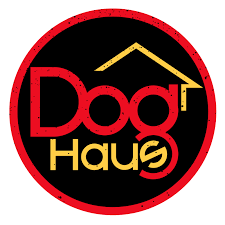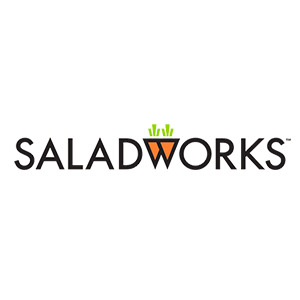Profitable Ghost Kitchen Franchises to Invest In
Explore the growing trend of ghost kitchens—shared culinary spaces offering flexibility, lower startup costs, and diverse food concepts. Ideal for entrepreneurs, this innovative model caters to the rising demand for delivery and takeout options.
Table of Contents:
Introduction
Ghost kitchens are rapidly emerging as a transformative concept in the food and beverage industry. This innovative approach has gained significant traction, especially during the pandemic, providing unique opportunities for entrepreneurs.
Overview of Ghost Kitchens
Definition
Ghost kitchens, also known as dark kitchens, are shared kitchen spaces where multiple restaurants operate from a single location. These kitchens are typically situated in well-located light industrial areas within cities, offering an efficient solution for food delivery services.
Industry Growth
The potential of ghost kitchens is immense. According to Euro Monitor, the delivery-only food sector could reach a staggering valuation of $1 trillion. Influential tech entrepreneurs, including the founder of Uber, have invested significantly in this space, with companies like Cloud Kitchen committing $130 million to U.S. real estate for developing ghost kitchens.
Benefits of Ghost Kitchens
Flexibility
One of the key advantages of ghost kitchens is their lease terms. Typically, they offer shorter lease durations, often around one year, compared to traditional restaurants that usually require a five-year commitment with personal or corporate guarantees.
Cost Efficiency
Ghost kitchens provide substantial cost savings in several areas:
- Lower Overhead Traditional restaurant leases can run around $10,000/month for a 2,000-square-foot space. In contrast, ghost kitchens can significantly reduce these costs.
- Startup Costs Opening a ghost kitchen may require an initial investment as low as $100,000 to $120,000, allowing for quicker capital recovery—often within 1 to 1.5 years.
Maintenance and Operations
Ghost kitchens also alleviate many responsibilities typically shouldered by restaurant owners, such as maintenance and repairs, allowing operators to focus more on food quality and customer service.
Types of Food Concepts
Ghost kitchens can accommodate a diverse range of food concepts, including:
- Pizza
- Hot dogs
- Hamburgers
- Healthy food options
Franchise Examples
Several franchises are at the forefront of the ghost kitchen movement:
Strategies for Success
Expansion and Flexibility
Franchises like Dog Haus have embraced flexibility by incorporating multiple brands into their operations. This approach allows them to serve various meal types, such as breakfast and lunch, and extend their operational hours.
Networking
Connecting with current franchisees is crucial for understanding the ghost kitchen landscape. Engaging with them can provide valuable insights into gross profits, employee counts, and rent costs. Franchisees are often willing to share their experiences, especially if you are exploring different locations.
Conclusion
Ghost kitchens represent a significant opportunity in the evolving food and beverage industry, particularly as consumer habits shift towards increased takeout and delivery options. Investing in a ghost kitchen can be a lucrative venture for aspiring entrepreneurs.
For further information on ghost kitchens and the franchises available, consider exploring Vetted Biz. Engage with existing franchisees and investigate brands like Dog Haus, BurgerFi, and Saladworks to determine if this opportunity aligns with your investment goals.



